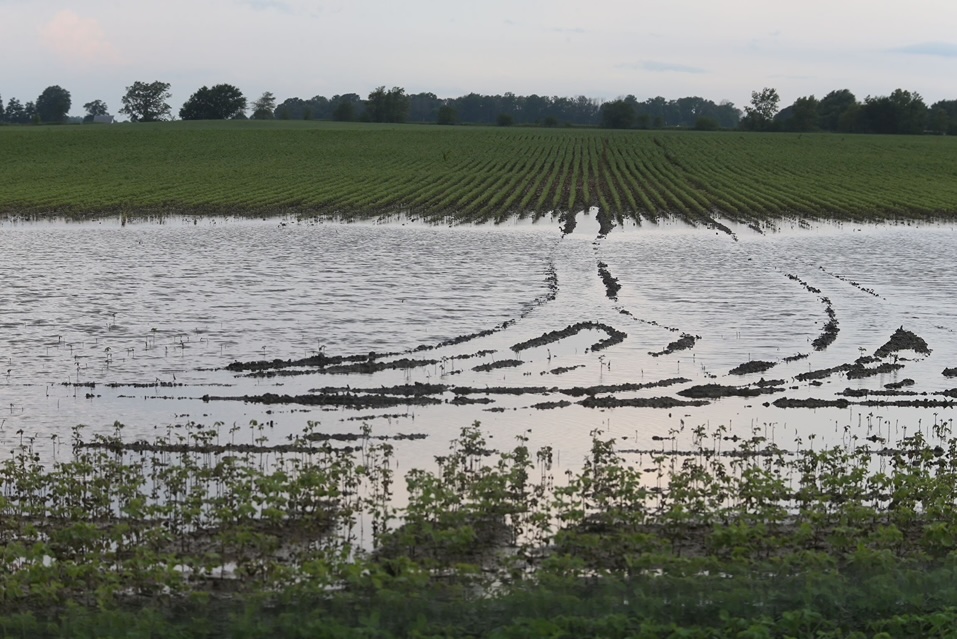Southeast Farm Press: Targeting Soybean Maturity

Southeast Farm Press published highlights from a recent webinar hosted by university extension soybean specialists from around the country who are part of the soy checkoff-funded “Science for Success” program. Experts provided regional insights as well as the basics of soybean maturity stages and trends in farmer variety choices by maturity.
“University of Arkansas Extension Soybean Specialist Jeremy Ross highlighted an extensive study conducted from 2012 to 2014 that examined planting dates and soybean maturity groups at 10 locations across the Mid-South. Ross said the study changed the way farmers [in the Mid-South] looked at maturity groups.
Ross noted that 10 to 15 years ago, more than 1 million acres of wheat planted in Arkansas were double-cropped with soybeans. In that situation, the university recommended farmers plant determinate varieties, such as group V late-season soybeans, because they can withstand the stress of late planting. But things changed as less and less wheat acreage was planted in Arkansas.”
Targeting soybean maturity is a challenge for researchers and farmers due to varying factors. South Carolina growers predominantly grow determinate soybeans because of hurricanes and management systems.
“‘We really have to be on top of them with a timely harvest. We typically get hurricanes in the fall and the indeterminates don’t always weather as well for us as a determinate bean. Sometimes they don’t fit our production practices where we are trying to harvest other crops like peanuts and cotton. Do we have time to get the combine out and harvest indeterminate soybeans as well?,’ said [Michael Plumblee, Clemson University Extension corn and soybean specialist]”



